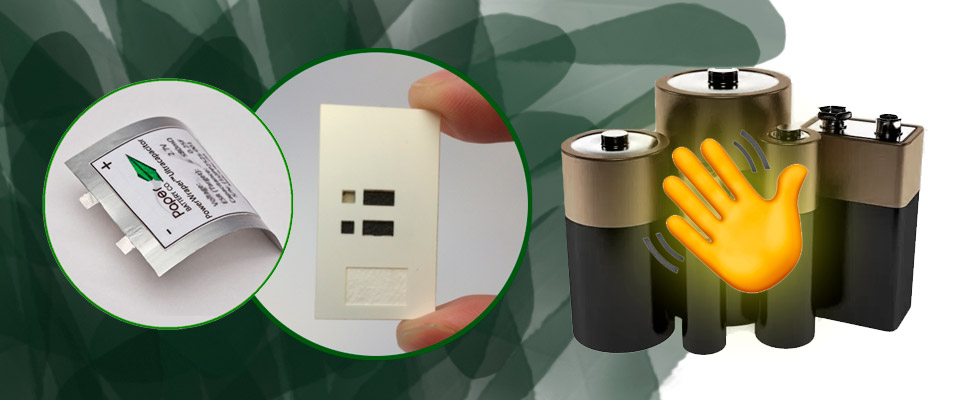Paper batteries: Goodbye to electronic waste?
Listen this article
Researchers from Binghamton University created a battery made of paper. The invention could be the future of energy production

The biodegradable paper battery was developed by Professor Seokheun Choi from the Department of Electrical and Computer Engineering and Professor Omowunmi Sadik from the Department of Chemistry at Binghamton University. The results of the revolutionary battery were published in the article Green Biobatteries: Hybrid Paper–Polymer Microbial Fuel Cells, in the magazine Advanced Sustainable Systems.
Leer en español: Pilas de papel: ¿Adiós a los desechos electrónicos?
The development of this type of technology has had in suspense the scientific community, because the paper battery has already several years of research and could solve the current problems of electronic waste. However, up to now, these types of batteries have not been implemented. "The promise of this technology has not translated into practical power applications due to its low performance," the scientists explain.
The good news is that the research of the professors at Binghamton University has yielded excellent results. In fact, according to the authors, "the battery, formed by adding engineering polymers to paper, exhibits a much higher power to cost ratio than all paper-based microbial batteries reported previously."
How does the bio paper battery work?
The bio battery uses a hybrid paper and polymer engineering. The article explains that "poly (amic) acid and poly(pyromellitic dianhydride‐p‐phenylenediamine) are processed and incorporated into a porous, hydrophilic network of intertwined cellulose fibers to revolutionize oxygen‐blocking, proton‐exchanging, and biodegrading properties of the paper‐based microbial biobatteries, which ultimately offer the transformative potential of 'green' electronics."
It may interest you: Is Latin America close to building 'green countries'?
Choi was in charge of the paper design and Sadik was in charge of making it possible for the battery to be bio-degradable.
The futuristic pile, as it was named by National Geographic, degrades in water without the need of adding another product to achieve it. In addition to its biodegradable nature, it can be doubled and energy performance can increase. According to Choi, "potentially, power improvement can be achieved simply by folding or stacking flexible paper polymer hybrid devices."
LatinAmerican Post | Marcela Peñaloza
Translated from "Pila de papel: ¿Adiós a los desechos electrónicos?"





